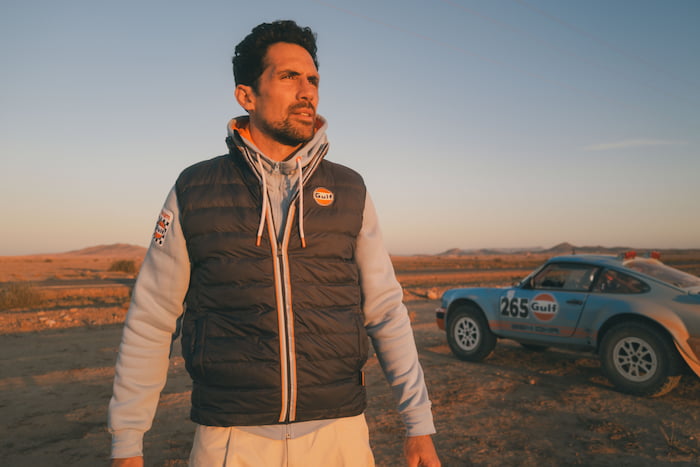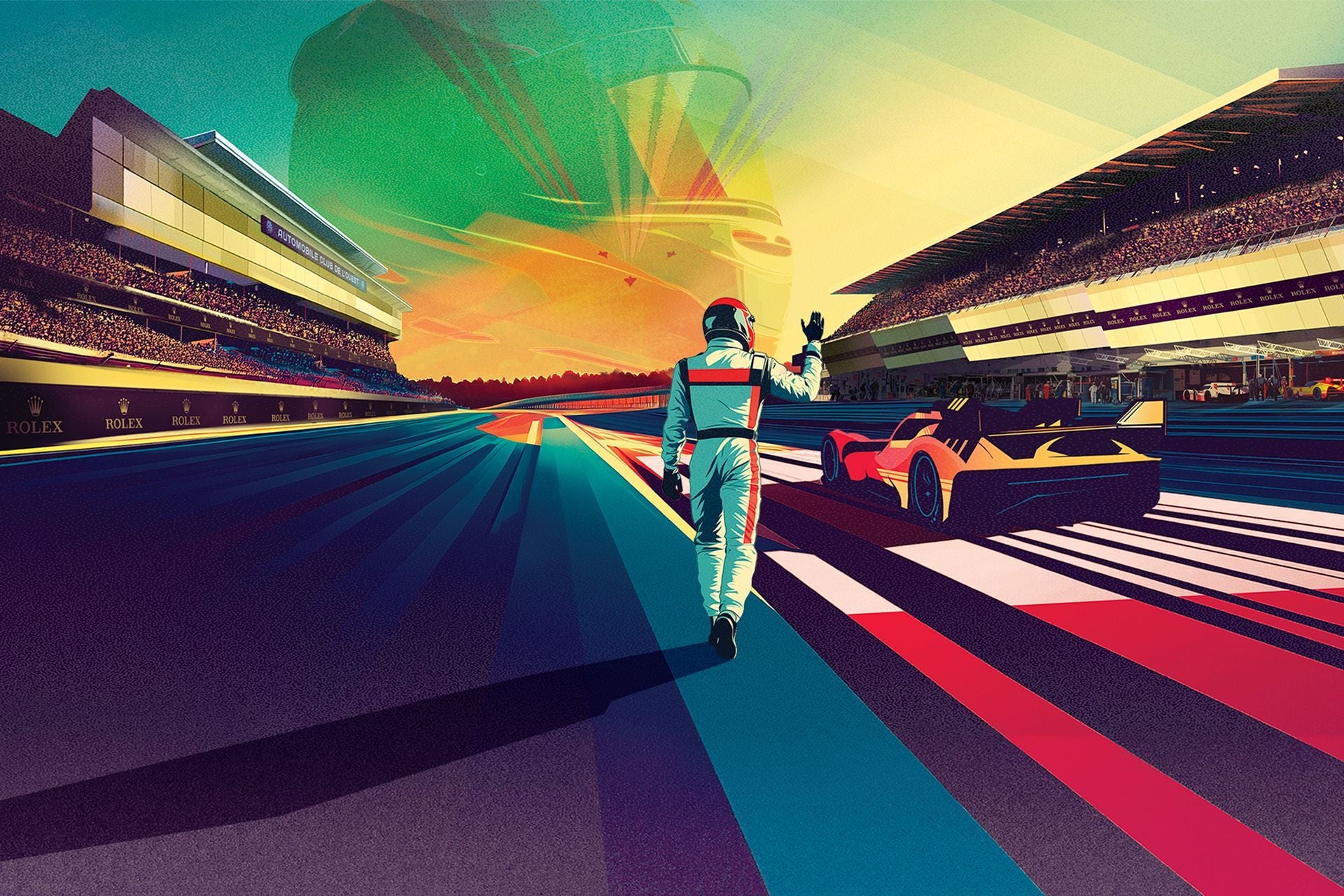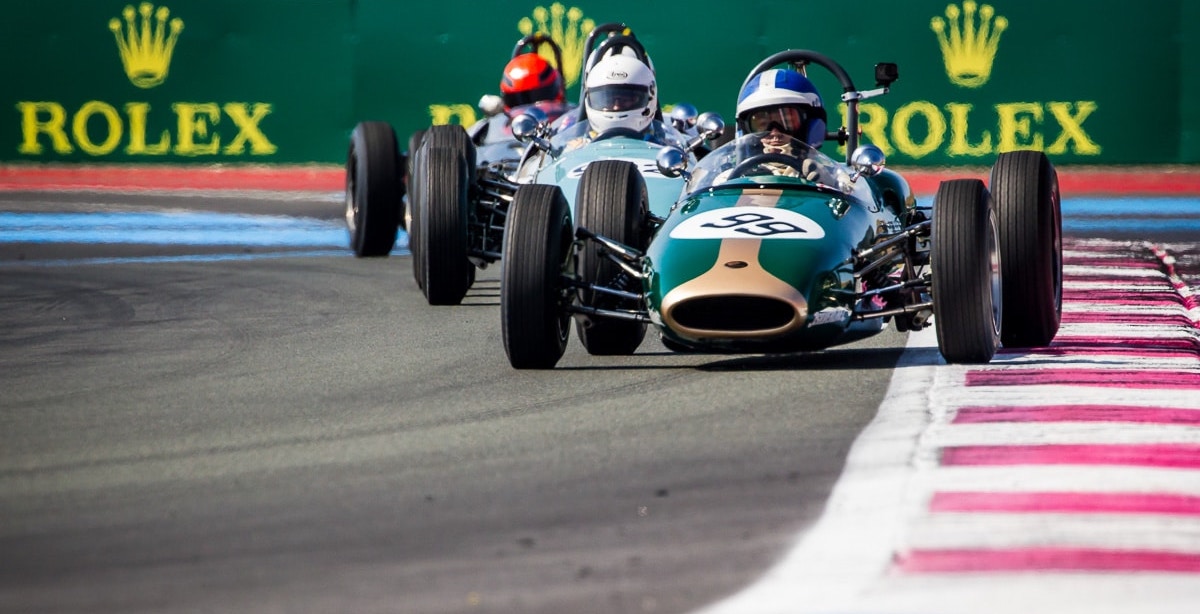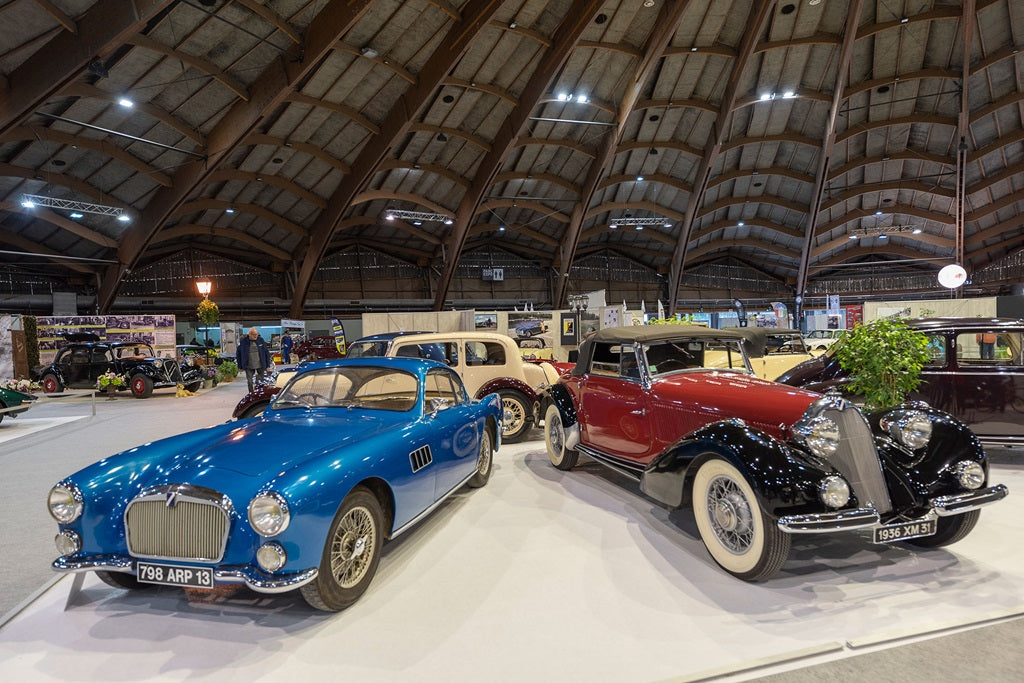The 24 Hours of Le Mans is much more than a race. It's a legendary event that has fascinated car enthusiasts since its inception in 1923. Each year, this event brings together the best drivers, the most prestigious manufacturers, and an international audience captivated by the performance and endurance of both human and mechanical forces.
A unique endurance challenge
Unlike traditional races, the 24 Hours of Le Mans is not only measured in speed but also in endurance. The vehicles run continuously around a 13.6-kilometer loop, alternating between public roads and closed circuits. For the teams, maintaining a sustained pace while managing the reliability of each mechanical component is an unparalleled engineering challenge.
Every second counts, but it's mostly team strategies and attrition management that determine the winners. The drivers take turns in two- to four-hour stretches to avoid fatigue, but even with shared effort, the pressure remains intense.
A place of technological prowess
The 24 Hours of Le Mans has historically been a laboratory for automotive innovation. Major advances such as hybrid engines, advanced injection systems, and ultra-lightweight materials have often been first tested at this race before being adopted in production vehicles. For manufacturers, Le Mans is an opportunity to showcase their expertise, technology, and commitment to innovation.
A culture, a legend
Over the years, the 24 Hours of Le Mans has also acquired an iconic aura. Drivers such as Jacky Ickx, Tom Kristensen, and Steve McQueen, through his film "Le Mans," have contributed to building this legend around the race. Today, Le Mans embodies a strong cultural heritage, complemented by traditions such as marching bands, fireworks, and the drivers' parade.
Iconic brands like Gulf, Porsche, and Ferrari have made their mark with their performance and style, and continue to influence the fashion and visual identity of racing.
An impact beyond sport
The 24 Hours of Le Mans plays a major role in the local and international economy. It attracts hundreds of thousands of visitors each year, generating significant revenue for the region. The event also inspires film, fashion, and even the video game industry, making the race a cornerstone of global automotive culture.









